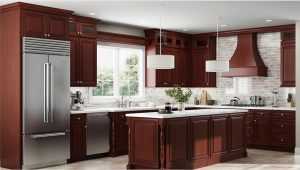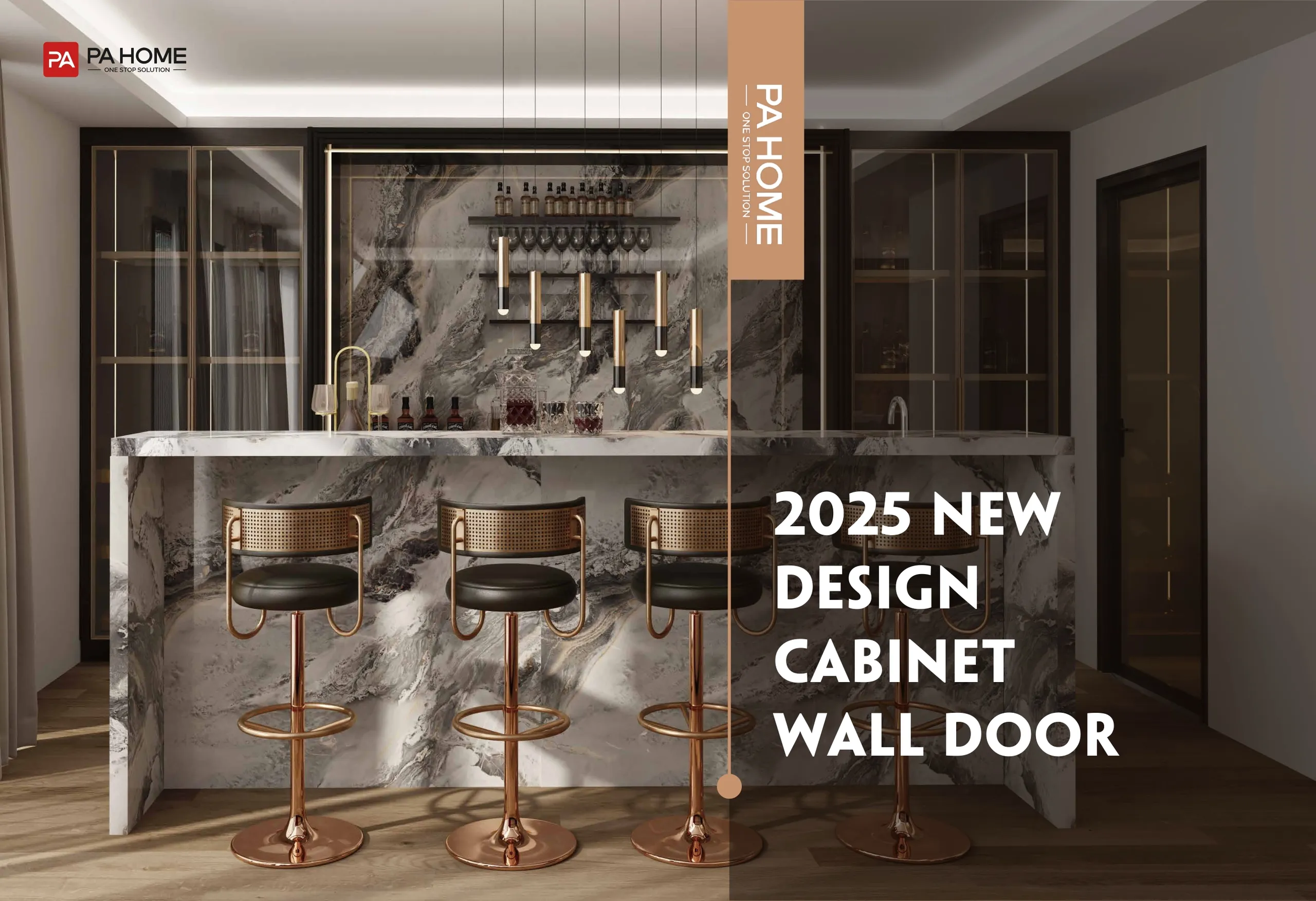Interior design keeps evolving, but one element never seems to go out of style—wooden interior doors. Whether you walk into a luxury home, a modern apartment, or a cozy suburban house, chances are you’ll see wood doors playing a big role. But why do homeowners and designers keep choosing them despite so many alternatives like glass, steel, or PVC? Let’s break down the real reasons, answer the most common questions, and see if wooden interior doors are the right fit for your home.
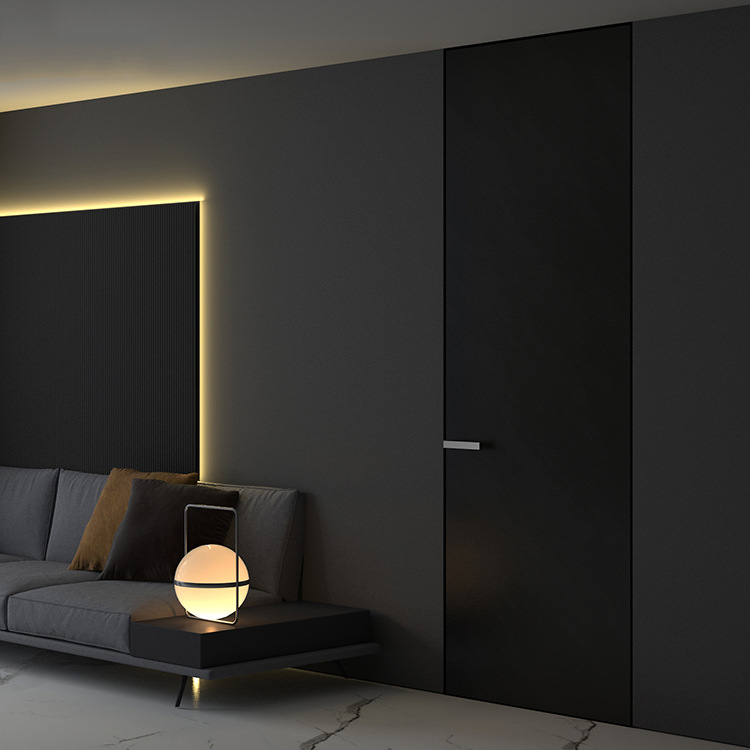
What Wood Is Best for Interior Doors?
Not all wood is created equal. The choice of wood can make a big difference in how your interior doors perform over time.
Oak is a classic choice. It’s tough, has a beautiful grain, and works well in both modern and traditional homes.
Mahogany adds luxury. It has deep color, smooth texture, and holds up well against wear.
Teak is prized for its resistance to moisture, which makes it ideal in humid regions.
Pine is softer and more affordable. It dents more easily but gives a charming, rustic look.
Engineered wood (like veneered or laminated cores) offers stability at a lower cost.
So, which is best? If you want timeless strength, go with oak. For budget-friendly projects, pine is safe. If you’re in a humid climate, teak or engineered cores make sense. Always think about where the door will be installed—living room, bedroom, or bathroom—and choose the material accordingly.
How Much Is a Good Wooden Door?
The price of wooden interior doors varies a lot depending on material, design, and craftsmanship. According to HomeAdvisor, solid wood doors can range from $300 to $1,500, while engineered or veneered doors often cost between $150 to $600. Custom designs, exotic wood species, and premium finishes can push costs beyond $2,000.
Here’s a simple breakdown:
Engineered wood doors: Budget-friendly, $150–$400
Solid pine doors: Mid-range, $300–$600
Solid oak or mahogany doors: Premium, $700–$1,500
Custom luxury doors: $1,500+
Yes, wooden doors can feel like a bigger upfront investment. But think of them like a quality piece of furniture. They add character, improve privacy, and last decades if maintained properly. That long-term value often outweighs the initial cost.
Related Articles: How Much Do Custom Interior Doors Cost?
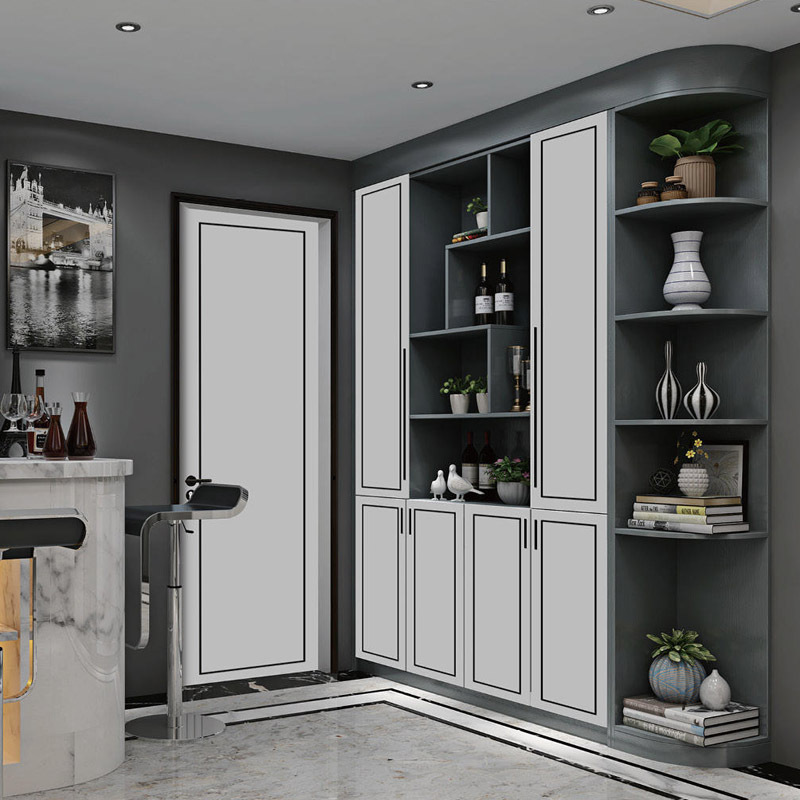
What Are the Advantages of Wooden Doors?
Wooden interior doors remain popular for several practical and emotional reasons. Let’s look at why they win homeowners’ hearts:
Aesthetic appeal: Natural wood grain brings warmth and richness that other materials just can’t match.
Durability: Solid wood doors, when maintained, can last for decades without losing strength.
Insulation: Wood provides natural thermal insulation, making homes more energy efficient.
Noise reduction: A heavy wooden door can block sound better than hollow-core or plastic doors.
Resale value: Buyers often see wooden doors as a mark of quality, which can increase property appeal.
Think of it like this: just as hardwood floors add value and charm, wooden doors have the same effect. They’re not just functional—they’re design statements.
What Are the Disadvantages of Wooden Doors?
Of course, no material is perfect. Wooden interior doors do have downsides.
Higher cost: Compared to MDF or PVC, wood is more expensive upfront.
Maintenance: Wood requires care. Without sealing or painting, it can dry, crack, or lose its finish.
Moisture sensitivity: In humid climates, wood can swell or warp if not properly treated.
Weight: Solid wood doors are heavy, which makes installation harder and hinges wear faster.
Pest risk: Untreated wood can attract termites in certain regions.
Does this mean you shouldn’t choose wood? Not at all. It just means you should choose wisely. Engineered wood or laminated cores are excellent alternatives in tough climates. With the right finish and a little care, wooden doors can last decades.
Can Wooden Interior Doors Be Soundproof?
Wood is naturally dense, so yes, wooden interior doors do a great job blocking sound. But not all wooden doors are equal in this area.
Solid wood doors: The best option for soundproofing. They reduce noise by 25–30 decibels, according to tests by Soundproof Cow.
Solid-core engineered doors: A good balance between cost and performance.
Hollow-core doors: Lightweight and cheap but allow sound to pass through easily.
For homeowners who value peace—say in bedrooms, offices, or media rooms—wooden doors are a clear winner. Add acoustic seals or specialized frames, and you’ll have even stronger noise control.
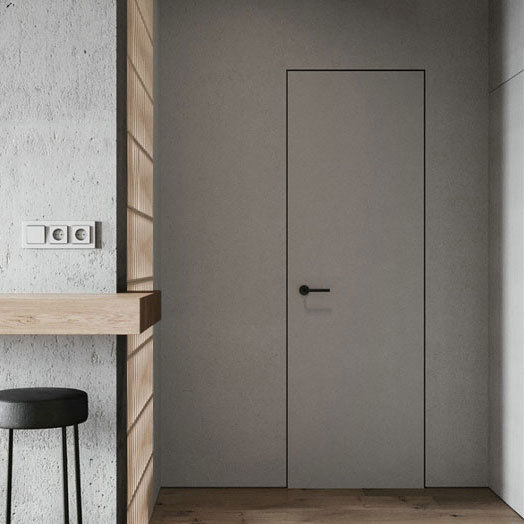
What Future Trends Will Shape Wooden Interior Doors?
Wooden doors aren’t stuck in the past. In fact, they’re evolving with design and technology trends.
Minimalist flush doors: Sleek, smooth, and modern, blending seamlessly into walls.
Hybrid designs: Wood combined with glass, metal, or aluminum frames for contemporary looks.
Eco-friendly finishes: Low-VOC coatings and FSC-certified wood for sustainable homes.
Smart integrations: Doors prepped for smart locks and access systems.
Curved profiles: Arched or rounded designs that soften modern interiors.
As people look for sustainable yet stylish solutions, wooden doors are staying ahead by embracing both tradition and innovation.
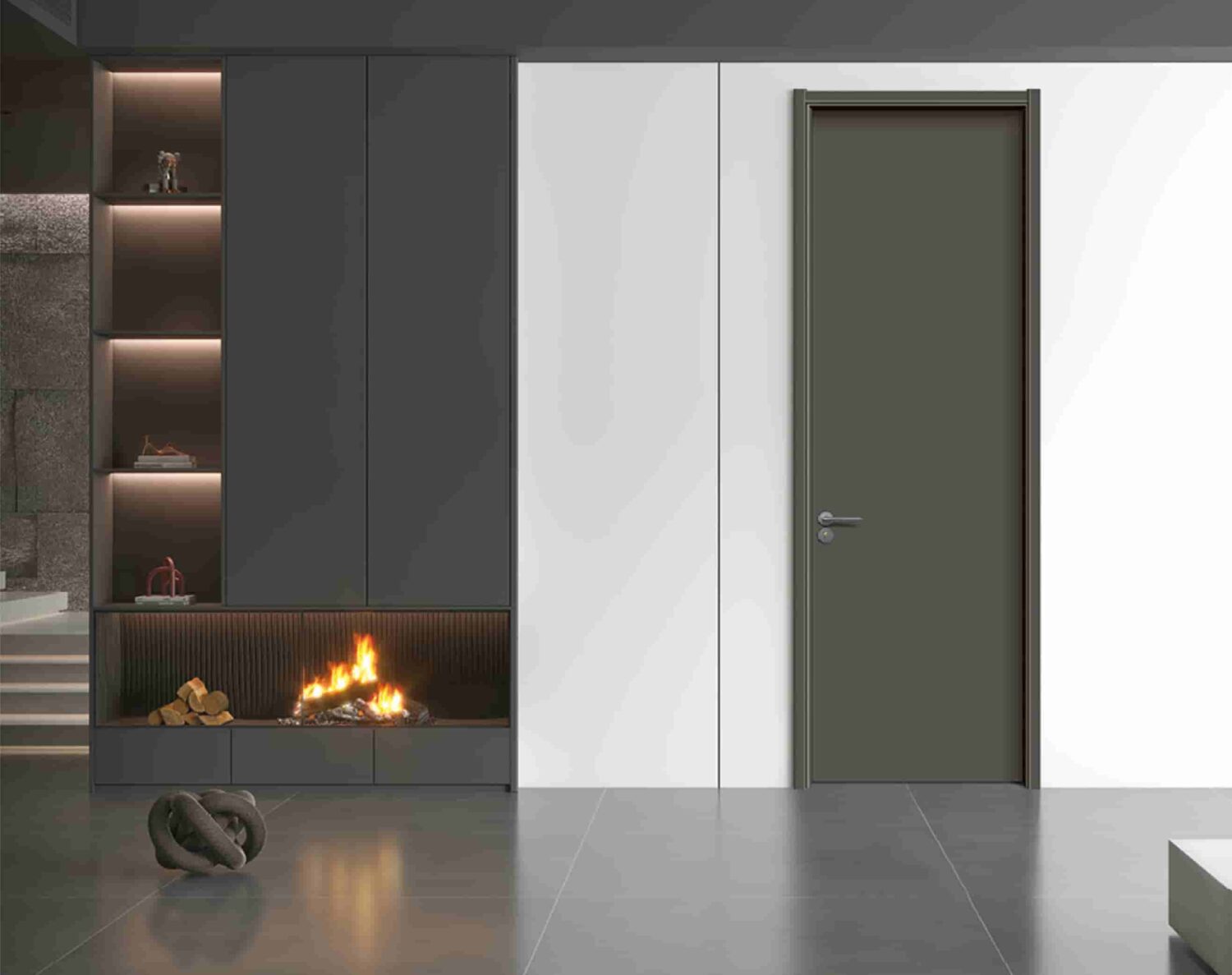
Where Can You Buy High-Quality Wooden Interior Doors?
Buying a wooden door isn’t just about picking a style you like. It’s also about choosing a supplier who ensures quality, durability, and after-sales service. Here’s what to look for:
Certifications: FSC or other sustainable sourcing labels.
Warranty: Long-term coverage for structure and finish.
Customization: Options for size, color, finish, and hardware.
Installation support: Proper fitting matters as much as the door itself.
If you’re looking for a trusted partner, PA Home provides whole house customization solutions, including wooden interior doors tailored to modern lifestyles. With years of overseas project experience, advanced production lines, and a strong focus on sustainability, PA Home is a go-to choice for homeowners and contractors alike.
Looking for Wooden Interior Door Supplier? Please contact PA Home 👉
Conclusion
So, why are wooden interior doors so popular? It’s a mix of timeless beauty, real durability, and everyday functionality. They might cost more and demand care, but they reward you with comfort, privacy, and style that few other materials can match. If you’re planning a renovation or building a new home, wooden interior doors are more than just an entryway—they’re an investment in design and quality living.
FAQs
Yes. Wooden interior doors last for decades, improve sound insulation, and boost home resale value. Their long-term benefits outweigh the initial price.
Oak and mahogany are among the strongest choices. They resist wear, hold finishes well, and stay stable in everyday use.
Not necessarily. With proper sealing and occasional polishing, maintenance is minimal. Engineered cores also reduce warping and cracking risks.




